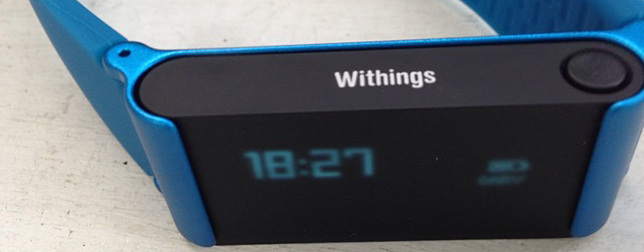A new study conducted by researchers at the Scripps Translational Science Institute (STSI) offered proof of concept for how wearable devices and mobile-driven monitoring can aid caregivers manage conditions of a large group of patients.
“Our study combined multiple health tracking devices to holistically assess cardiovascular risk factors outside of the clinical setting along with demographics, medication adherence and stress levels,” says Brian Modena, clinical researcher at STSI and the lead researcher of the study. “These measurements were found to closely match national averages or prior studies performed in very controlled clinical settings, supporting their accuracy and reliability.”
For their study, Modena and his team from STSI and Withings recruited 295 adults who owned three Withings health tracking devices through the Withings Health Mate app. Withings, at the time of the study, was part of Nokia Health but has since been sold back to original founder Eric Carreel.
Read more Qardio Launches Remote Patient Monitoring While Increasing Revenue Opportunities
The researchers used a separate customized smartphone app to recruit each participant. They were given instructions to regularly check their blood pressure and pulse wave velocity via the devices, and also use their wearable devices as often as possible over a 4-month period. Each week, all individuals received two reminder messages on their phone. The also received incentives with Withings devices if they continued to use their wearable devices – at 8 weeks with a $100 device and at 17 weeks with a $180 device.
A total of 250 participants started the study by recording at least one pulse wave velocity and blood pressure measurement. Among them, 83% were male with an average age of 48.7 years, and the female had an average age of 47.4 years.
The number of participants regularly checking their blood pressure and pulse wave velocity was 180, and they qualified for the 17-week study incentives. When asked their feedbacks on the experience, they gave the process a 9.1 out of 10 rating, with 99% saying they’d be willing to participate in another similar study.
To gauge whether the information gathered through these connected devices would be valid for clinical use, the researchers compared these data to national averages and findings from previous large studies. They wrote that it could give validity to similar approaches for a clinical trial.
Read more How Smart Products Are Making A Revolution in Healthcare
“With high adherence, satisfaction and participant engagement, this proof-of-concept study required minimal study personnel and no participant training, thereby making it likely scalable to much larger populations,” said senior author of the study Steven Steinhubl, director of digital medicine at STSI.
Researchers are regularly conducting studies on various patient monitoring strategies by wearable devices. For example, a study sponsored by Veterans Affairs showed promise in terms of sensitivity, specificity and early warning lead time in wearable biosensors. Another suggested that continuously monitoring health patches could help identify Type 1 diabetes patients’ hypoglycemic events.
The study was published in the journal Hypertension.













